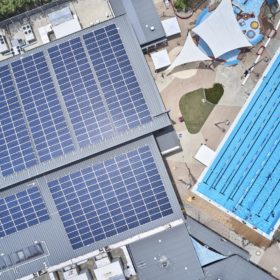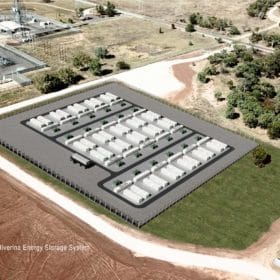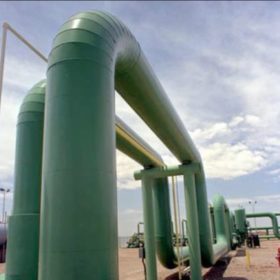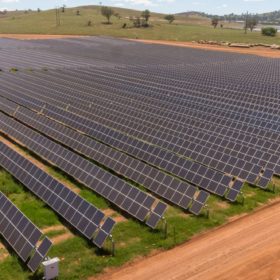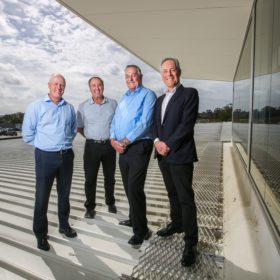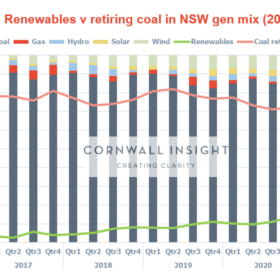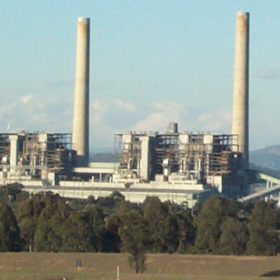Solar saves NSW City Council $46,000, prompts plans for a third system quadruple the size
In the twelve months since its solar systems were installed, Wagga Wagga City Council saved over $46,000. Given the success, the Council tells pv magazine Australia it is now planning an additional 500 kW system.
Smart meters allow excess midday solar energy to be soaked up locally in ‘innovative’ NSW program
A new program has launched on the New South Wales south coast enabling solar generated on residential rooftops to be consumed locally by hot water systems through smart meters alone, helping manage the growing problem of variable electricity in the grid without requiring new infrastructure.
NSW Riverina in store for 100 MW / 200 MWh big battery
Murrumbidgee Shire in the New South Wales’ Riverina region is set for a big battery and big flexibility after Edify and Shell Energy came together on a deal that will see the realisation of the Riverina Energy Storage System.
Huawei enters Australia’s residential battery market with modular Luna2000
Chinese giant Huawei has entered Australia’s residential solar battery market with its home energy storage system, the Luna2000. The lithium-iron phosphate 5kWh cells have a modular design and are scalable to 30kWh. Huawei is banking on 10 kWh system capacities being most popular, telling pv magazine Australia they will retail for under AU$10,000.
$2 billion blueprint to run a green hydrogen river through the Hunter Valley
Hydrogen is the word on everyone’s lips as the Federal Government champions hubs of no particular colour. Seasoned clean players such as Energy Estate are identifying greenfield opportunities for renewable energy and industry to meet.
Lightsource bp gets approval for 600MW NSW solar energy hub
British-headquartered solar developer Lightsource BP has received approval to develop a 600 MWdc solar PV hub in central western New South Wales which the company said could become the largest renewable energy power hub in the state.
NSW leads nation with record number of rooftop solar PV installs
New South Wales is leading the rooftop solar PV race with homeowners in the state installing more than 100,000 systems in 2020 according to the CSIRO following a detailed analysis of data released by the Clean Energy Regulator.
Australia’s notoriously slow C&I segment gains momentum with shopping centre leadership
While suburban Australian rooftops have become coated in solar panels, the roofs of our commercial and industrial buildings have remained conspicuously bare. Our shopping centres, however, seem to be slowly be moving in the direction ordinary Australian’s have paved, with Australia’s largest privately-owned shopping centre yesterday announcing plans for a sizeable microgrid. Likewise, Vicinity, one of the country’s largest shopping centre managers, has managed to increase its sustainability rating largely through its extensive solar program.
Energy is neither created nor destroyed; it just transitions
Last November, the NSW government announced its Electricity Infrastructure Roadmap which is expected to attract up to $32 billion in private investment for renewable energy infrastructure by 2030. The Roadmap aims to unlock 12GW of new renewable energy capacity from selected Renewable Energy Zones (REZs) with an additional 2GW in storage. Last month, the state government progressed its plans as it opened consultations on “specific urgent and mechanical policy details” on regulations needed to implement the Roadmap.
AGL pushes ahead with renewable energy plans for Liddell site
Australia’s largest energy retailer AGL is forging ahead with its strategy to convert the 1,680 MW Liddell Power Station site into a renewable energy hub, announcing on Friday it has commenced transition planning in preparation for the ageing coal-fired power plant’s closure in 2022-2023.
